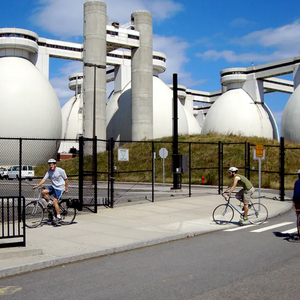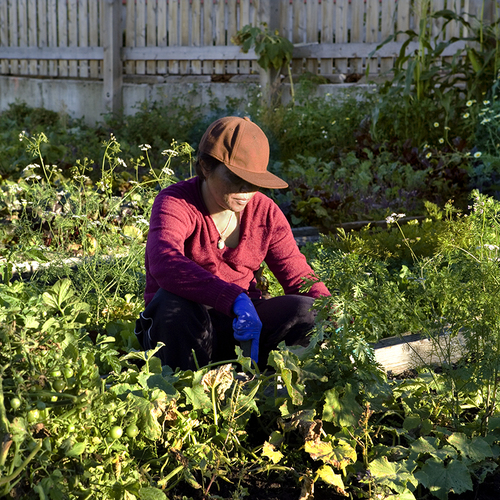
I recently read an incredible book, “The Omnivore’s Dilemma,” by Michael Pollan. He writes about the food industry—industrialized farming, huge cattle feedlots, how corn is a prevalent ingredient in almost everything we consume, and other delightful subjects. It is enough to make you stop eating altogether.
One subject Pollan addresses is the idea of organic food. While its origins go back to J. I. Rodale’s magazine, “Organic Gardening and Farming,” first published in the 1940s, the organic movement began to take off in the 1970s, fueled by an idealistic generation looking for change. We have recently seen an incredible resurgence in interest in organic food, but, interestingly, much of the food labeled organic is now produced on enormous factory farms rather than by the independent, local farmers who we see displayed in the pastoral pictures on the walls of Whole Foods.
This is not to say that organic food is not better than regular food, but the requirements for official organic certification are so costly that many farmers with small, natural, and sustainable operations cannot afford to have their products certified.
That was a rather long way of getting to my point, which is, how are we to define “green” buildings? There is in the range of 100 different green-building programs in operation today. These are run by utilities, HBAs, cities, states, counties, nonprofit and for-profit organizations, and the U.S. government. They all have different, though similar, criteria, and varying levels of testing, from none to extensive, to certify a project as “green.”
So where does that leave us? Like farmers with small, sustainable operations, there are likely contractors out there who are building green homes that meet or exceed the highest levels in the industry, but because they may not have the ability or money to certify through an official green-building program, they may not get the recognition they deserve.
On the other hand, there are some programs that have a low entry level and require no independent verification of the work, thereby allowing homes to be labeled “green” that may not even meet the building and energy code, and certainly do not perform as well as other, unlabeled, homes.
I don’t have an answer to this, although we may see one, or many, forthcoming in the next few years as green-building programs start the big shakeout and various governments start providing incentives and requirements for buildings to be built and remodeled green. Stay tuned—it will be a fun ride.
Weekly Newsletter
Get building science and energy efficiency advice, plus special offers, in your inbox.










0 Comments
Log in or create an account to post a comment.
Sign up Log in